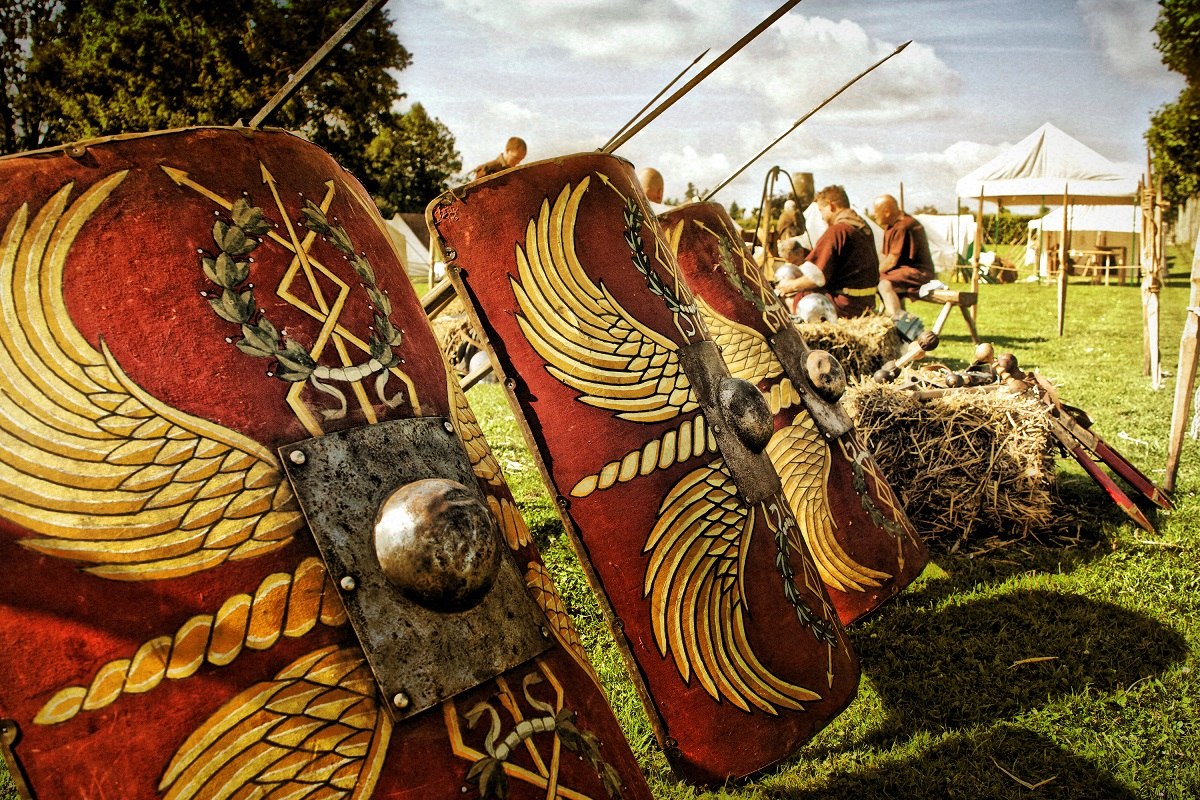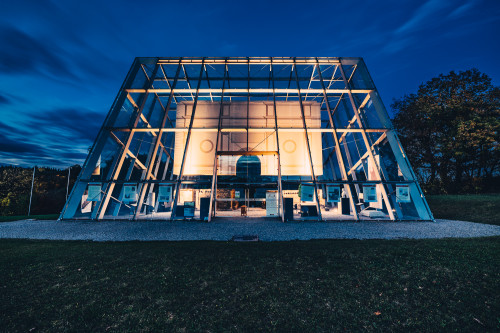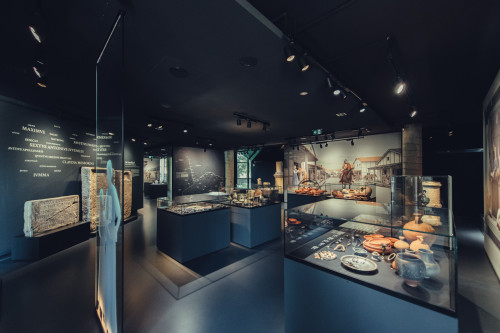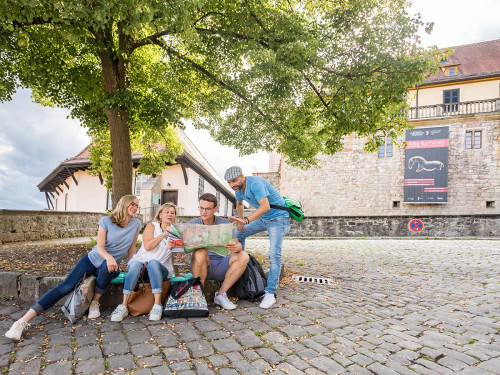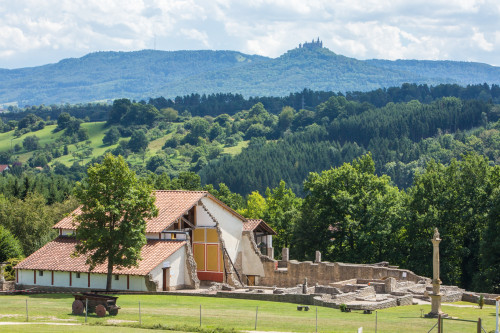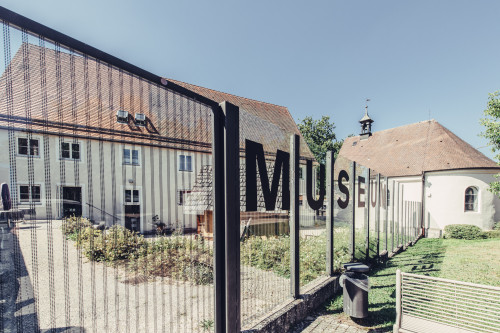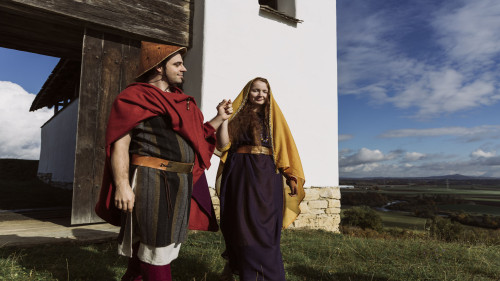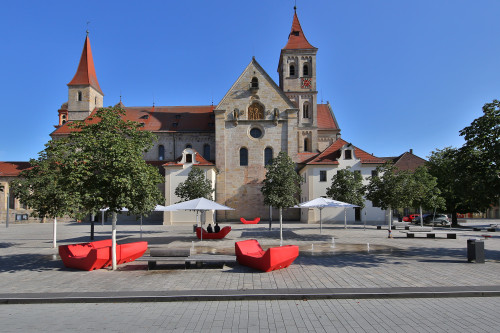Romans, Celts & Alemanni
After the Great Wall of China, the UNESCO World Heritage Site Limes is the longest archaeological monument in the world. Parts of this Roman past can still be seen and experienced today in the Swabian Alb. The Celts, called "celtae" or "galli" (Gauls) by the Romans, also lived throughout Central Europe. The Greeks called them "keltoi", which means the "sublime" or the "brave". The end of Roman rule in the southwest of what is now Germany came when the Alamanni pushed through the Limes on a broad front around 250 AD. Traces of these powerful people can be found today all over the Swabian Alb.
Limestor Rainau-Dalkingen
Archaeological site
Rainau-Schwabsberg
The Limestor Dalkingen is a unique cultural monument on the Upper Germanic-Rhaetian Limes.
Museum of the University of Tübingen MUT Ancient Cultures
History museum
Tübingen
The "Vogelherd figurines" are among the most famous exhibits at the "Museum of the University of Tübingen MUT Ancient Cultures" at Hohentübingen Castle. They are among the oldest works of art known to mankind and are exhibits of the UNESCO World Heritage "Ice Age Art".
Römisches Freilichtmuseum in Hechingen-Stein
History museum
Hechingen-Stein
Even the Romans knew where it was beautiful - idyllically situated on a hill, with a view of the Alb ridge and Hohenzollern Castle. Explore the extensive grounds, the scientifically based museum with the finds and the partially reconstructed buildings. In addition to the size of the outdoor area, especially the temple district shows that this must have been an estate of a special kind.
Alamannenmuseum Ellwangen
History museum
Ellwangen
In the Alamannenmuseum Ellwangen the time of the Alamanni comes alive again in many different ways.
Heuneburg - Pyrene
History museum
Herbertingen - Hundersingen
Most important Celtic acropolis in Europe
Visitors can immerse themselves in the time of the Celts at the Heuneburg in a dreamlike natural and cultural landscape, at a historical site.
